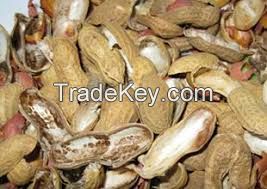Description
The leaves are arranged in whorls of three to six, lanceolate to
obovate or elliptic in shape, 60300 mm (210 in) long and 30130 mm
(15 in) broad, with an entire or spiny-serrated margin. The flowers
are produced in a long, slender, simple raceme 50300 mm (210 in)
long, the individual flowers 1015 mm (0.40.6 in) long, white to
pink or purple, with four tepals. The fruit is a hard, woody,
globose follicle with a pointed apex, containing one or two seeds.
The nutshell ("coat") is particularly tough and requires around
2000 N to crack. The shell material is 5 times harder than hazelnut
shells and has mechanical properties similar to aluminum
Peanut by-products, such as peanut hulls, peanut stems, and leaves,
etc., contain large amounts of dietary fiber, but they are often
directly discarded or burnt as fuels, which pollutes the
environment and wastes resources. The diet has been focused on
plant-based foods for a long time, so people have a low demand for
additional dietary fiber and the research, development, and
utilization of dietary fiber is far behind that of developed
countries. However, with the improvement of peoples living
standards, the diet of people is gradually changing, with a
substantial increase in the intake of high-fat and high-calory
foods, such as meat, eggs, and dairy products.


